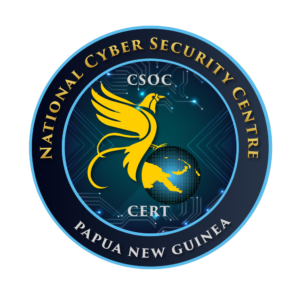Protective measures are simple, cost-effective and immediately beneficial #
Protective measures can prevent ransomware from occurring in the first place. There are many easy actions you can take now.
Prepare for a ransomware attack #
You can be the victim of a ransomware attack at any time.
There are steps you can take to protect yourself against it.
Update your device and turn on automatic updates
Cybercriminals use known weaknesses to hack your devices. System updates have security upgrades to patch these weaknesses.
You should always update your system and applications when prompted.
You can turn on automatic updates so that this happens without your input.
Turn on multi-factor authentication
Having two or multi-factor authentication increases your cyber security. Multi-factor authentication means there are two checks in place to prove your identity before you can access your account. For example, you may need to supply an authentication code from an app and your password.
It makes it more difficult for someone to access your files or account.
Remember to use strong passwords and passphrases for your accounts.
Set up and perform regular backups
A backup is a digital copy of your most important information (e.g. photos, financial information or health records) that is saved to an external storage device or to the cloud.
The best recovery method for a ransomware attack is a regular offline backup made to an external storage device and a backup in the cloud. Backing up and checking that backups restore your files offers peace of mind.
You can set up automatic backups in your system or application settings.
Implement access controls
Controlling who can access what on your devices is an important step to minimise the risk of unauthorised access. It will also limit the amount of data that ransomware attacks can encrypt, steal, and delete.
To do this, give users access and control only to what they need by restricting administrator privileges. Don’t share your login details for your accounts.
Turn on ransomware protection
Some operating systems offer ransomware protection. Make sure you enable this function to protect your devices.
Prepare your cyber emergency plan #
Get to know your critical data
Know what data is most important to you. With your business, personal information, or devices, you need to consider what you:
- can and cannot replace,
- will invest to recover the information or device,
- are willing to live without, and
- must keep safe.
Loss of any data could limit the ability for your business to conduct day-to-day activities, impact to your reputation and credibility, or risk losing customers. While you might think photos and other business documents are most important, it is worth considering other data that is critical to your business operations, for example:
- Financial/transaction data
- Customer data (e.g. PII, contact information)
- Communication platforms (e.g. access to, and history of emails)
- Calendars (e.g. appointments and bookings)
- Inventory and supplier data.



